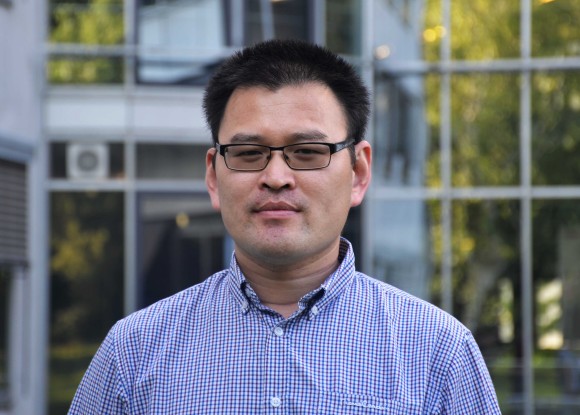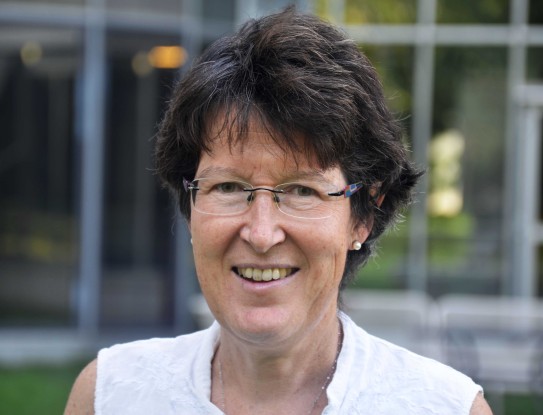Previous research areas:
Combining density functional theory (DFT) and embedded dynamical mean-field theory (DMFT) methods, we have studied the metal-insulator transition in R2Ir2O7 (R=Y, Eu, Sm, Nd, Pr, and Bi) and the topological nature of the insulating compounds. Accurate free energies evaluated using the charge self-consistent DFT+DMFT method revealed that the metal-insulator transition occurs for an A-cation radius between that of Nd and Pr, in agreement with experiments. The all-in-all-out magnetic phase, which is stable in the Nd compound but not the Pr one, gives rise to a small Ir4+ magnetic moment of ≈0.5 μB and opens a sizable correlated gap. We demonstrate that within this state-of-the-art theoretical method, the insulating bulk pyrochlore iridates are topologically trivial.
Using tight-binding models and first-principles calculations, we demonstrate the possibility to achieve a quantum anomalous Hall (QAH) phase on a two-dimensional square lattice, which can be realized in monolayers of double perovskites. We show that effective intersite spin-orbit coupling between eg orbitals can be induced perturbatively, giving rise to a QAH state. Moreover, the effective spin-orbit coupling can be enhanced by octahedral rotations. Based on first-principles calculations, we propose that this type of QAH state could be realized in La2MnIrO6 monolayers, with the size of the gap as large as 26 meV in the ideal case. We observe that the electronic structure is sensitive to structural distortions, and that an enhanced Hubbard U tends to stabilize the nontrivial gap.
5d compounds are seldom found to be insulating. However, with the help of strong spin-orbit coupling, the first two compounds of the Ruddlesden-Popper iridates do show exotic insulating behavior. Our DMFT and LDA+U calculations reveals that the effective J=1/2 states are in general deviated from the ideal SU(2) limit, leading to anisotropic spin/orbital moments and gapped spin-wave excitations.
Based on a general tight-binding model, we demonstrated different mechanisms to induce complex next nearest neighbor hoppings in a honeycomb lattice, utilizing both spin and orbital degrees of freedom. We proposed that in Bi/Sb bilayers, topological phase transitions into different Chern insulator phases can occur under external effective exchange fields.
We have done calculations of graphene in 4×4 supercell with 5d transition metals adatoms. The hybrid systems display remarkable physcial properties, e.g. significant magnetic moments on 5d adatoms, colossal magnetocrystalline anisotropy and strong magnetoelectric response. More interestingly, we observed that there exist topological nontrivial gaps in the hybrid systems, where the anomalous Hall conductivity get quantized in the unit of e2/h.
Based on first principles calculations, we demonstrated the magnetoelectric coupling of magnetic thin films in electronchemical environment can be understood using a general and simple method to simulate charged metal surfaces. It is predicted that the coercivity of thin CoPt films is much more susceptible to electric field than that of FePt films.














